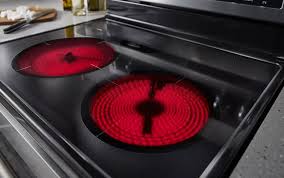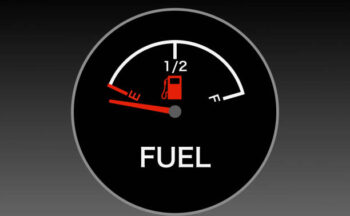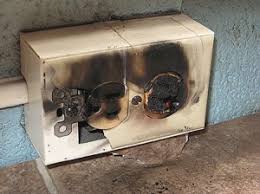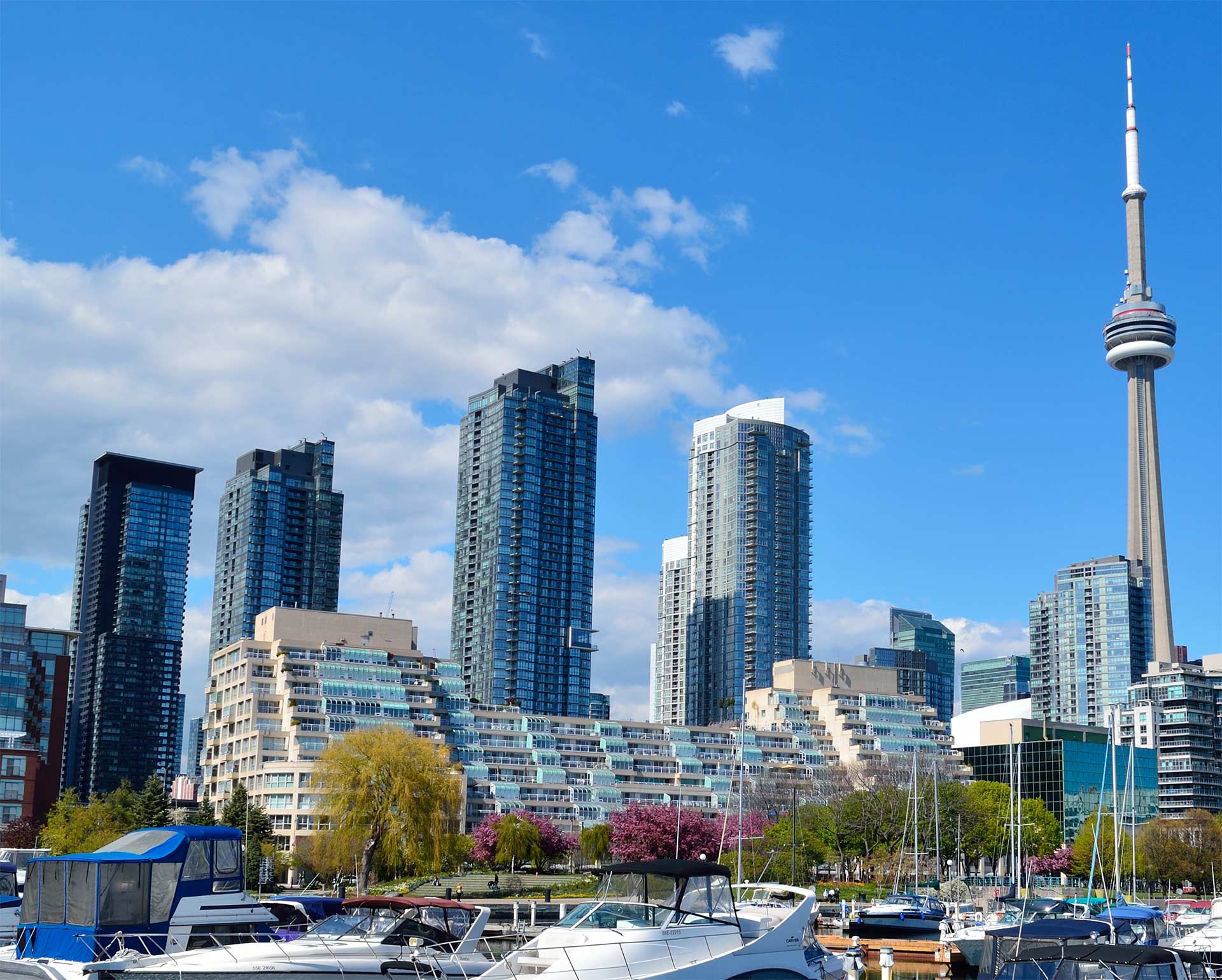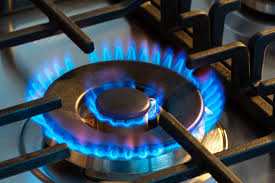 July 2025
July 2025
Toronto is trying to reduce large building emissions of fossil fuels. It may not be long before gas stoves are no longer allowed. So long as they remain in use, consider taking some precautions.
Gas stoves were once considered to be superior to electric systems. They are now known to release many toxins including benzene, nitrogen dioxide, formaldehyde, carbon monoxide and hexane. Most of these toxins are linked to cancer, respiratory illnesses and cardiovascular diseases. Gas stoves release more than 75 percent of methane emissions even when turned off. The risk of a child experiencing asthma symptoms increases by more than 40 percent if there is a gas stove in the home.
Eliminating gas stoves in high-rise buildings is a major undertaking. Some buildings may have sufficient power to accommodate upgrading of some units, which likely require board approval before proceeding. It is unlikely that most buildings have sufficient electrical capacity to switch hundreds of units from gas to electric stoves without a system upgrade. In addition, the gas line to each unit will have to be shut off and capped.
“Having a gas stove in your home turns our kitchens into garages” according to Sandra Steingraber, biologist and co-founder of Concerned Health Professionals of New York. Ms. Steingraber is co-author of a 600-page report on the harms of gas stoves and pipelines. “The gas stove is the tailpipe of a whole natural gas system that begins with a fracking well somewhere.”
Induction stoves can offer the same quality of cooking without the toxic pollutants released by gas stoves. An electric-powered stove is a more economical solution.
Getting rid of a gas stove may not be practical. Health experts advise that the next best option is to use it less. Use smaller appliances – toaster ovens, electric kettles, air fryers, crock pots or rice cookers. Another option is to cover the gas stove with a butcher block and portable induction cooktop. They come with one or two burners and provide the quality of induction cooking.
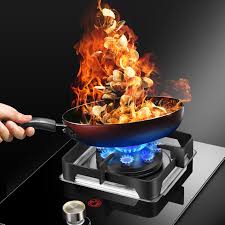 So long as a gas stove remains in the kitchen, regardless of how much it is used, make sure you have a working carbon monoxide detector installed nearby.
So long as a gas stove remains in the kitchen, regardless of how much it is used, make sure you have a working carbon monoxide detector installed nearby.



